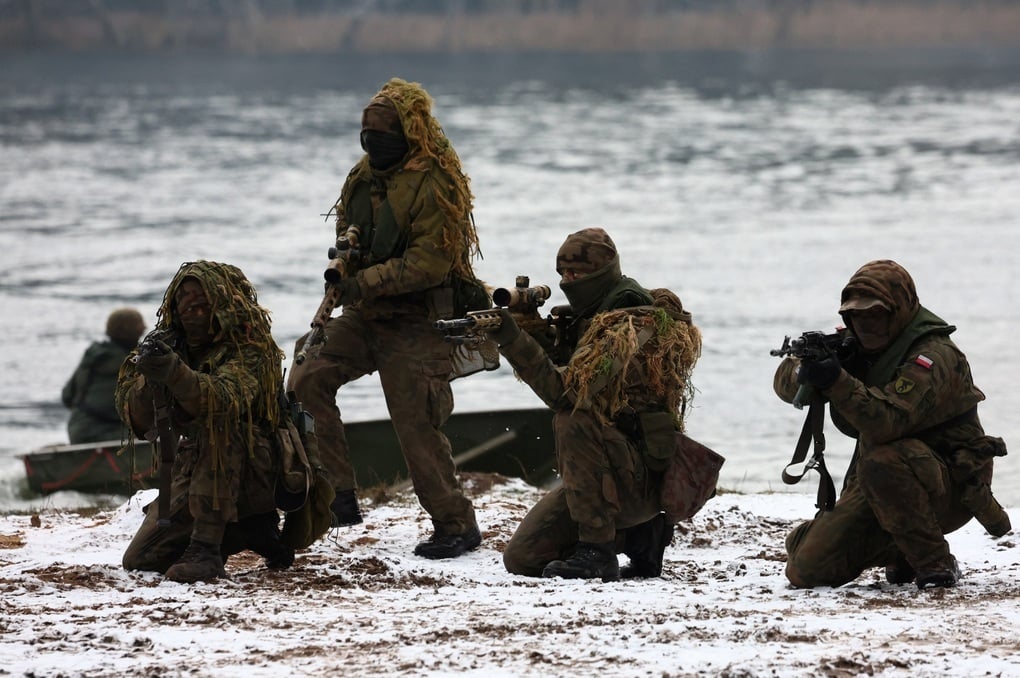
NATO soldiers during an exercise in Poland (Photo: Reuters).
NATO has warned members that too many national procedures are hindering the alliance's ability to move troops across Europe, a problem that could cause serious delays if a conflict scenario with Russia breaks out.
"We are running out of time. What we don't do in peacetime won't be ready if a conflict or crisis occurs," the head of NATO's logistics command, Lieutenant General Alexander Sollfrank, told Reuters on November 23.
NATO's Joint Logistics Command (JSEC), based in the southern German town of Ulm, is set to become operational in 2021. Its mission is to coordinate the rapid movement of troops and tanks across the continent as well as logistics operations such as storing ammunition on the alliance's eastern flank bases.
After Russia annexed the Crimean peninsula in 2014, the establishment of JSEC showed that NATO seemed to be preparing for a scenario where conflict in Europe could break out at any time.
However, rapidly deploying forces up to the size of a division of about 20,000 troops, as well as preparing ammunition, fuel, spare parts and supplies, has become more difficult for NATO since the Cold War.
NATO and the Warsaw Pact were once locked in a rivalry mainly over Germany. Over the decades, NATO has expanded about 1,000km eastward, increasing the length of its eastern flank to a total of about 4,000km.
Although JSEC was established in 2021 to simplify preparations for a potential war with Russia, its operations are still hampered by national regulations, Sollfrank explained.
Transporting ammunition across European borders often requires special permits, while transporting large quantities of troops or equipment may require advance notification, he added.
Mr Sollfrank suggested that European countries should create a "military Schengen" area to overcome these problems. The term refers to the Schengen agreement that allows people to travel within most European countries.
Mr Sollfrank is not the first military official to speak out about NATO's logistics problems.
“We don’t have the transportation capacity or the infrastructure to allow NATO forces to move quickly across Europe,” Ben Hodges, who commanded US Army Europe until 2017, told Reuters.
For example, Mr Hodges points out that different countries have different rail sizes, making shipping over large, long distances challenging.
Road transport of supplies within the alliance has also been problematic. Last year, a group of French tanks travelling through Germany to Romania for exercises was stopped because their weight exceeded German road traffic regulations.
Even if these tanks were allowed to pass through Germany, they would not be able to pass through Poland due to the inadequate quality of bridge construction in that country, according to a separate report by Breaking Defense.
"We have a lot of regulations, but the one thing we don't have is time. The Russia-Ukraine war has shown that a war of attrition is a battle of logistics," warned Admiral Rob Bauer, head of NATO's military committee.
Source


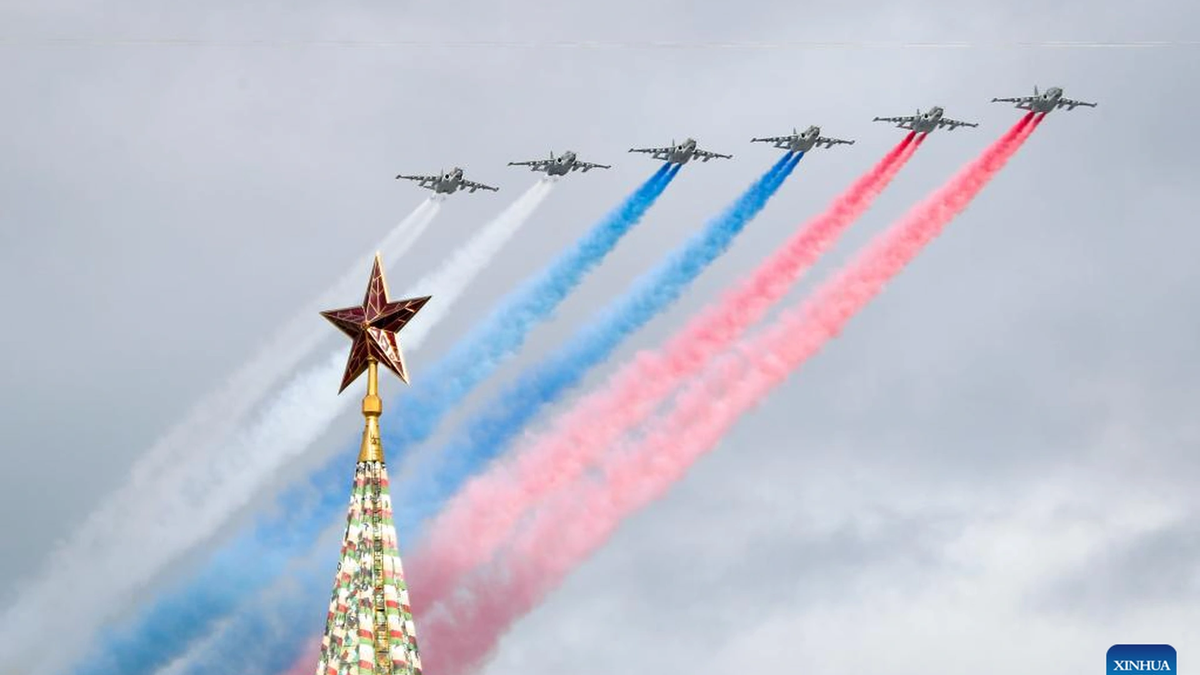
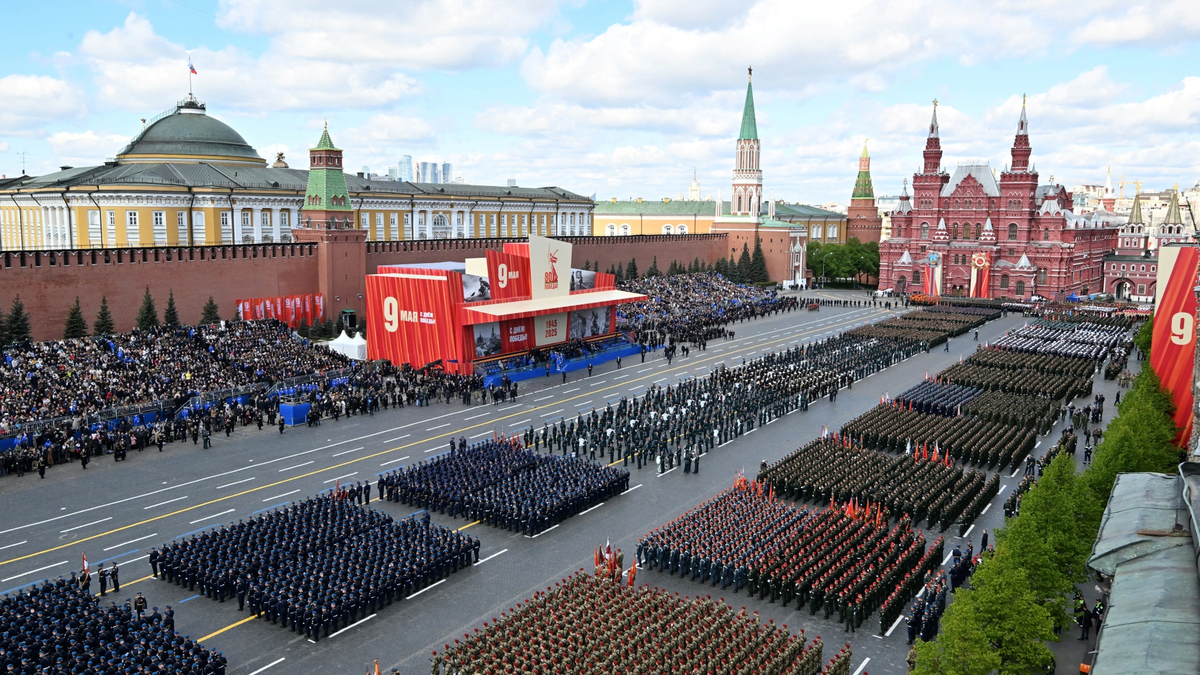
![[Photo] Russian military power on display at parade celebrating 80 years of victory over fascism](https://vphoto.vietnam.vn/thumb/1200x675/vietnam/resource/IMAGE/2025/5/9/ce054c3a71b74b1da3be310973aebcfd)
![[Photo] Prime Minister Pham Minh Chinh chairs a special Government meeting on the arrangement of administrative units at all levels.](https://vphoto.vietnam.vn/thumb/1200x675/vietnam/resource/IMAGE/2025/5/9/6a22e6a997424870abfb39817bb9bb6c)
![[Photo] General Secretary To Lam and international leaders attend the parade celebrating the 80th anniversary of the victory over fascism in Russia](https://vphoto.vietnam.vn/thumb/1200x675/vietnam/resource/IMAGE/2025/5/9/4ec77ed7629a45c79d6e8aa952f20dd3)
![[Photo] Magical moment of double five-colored clouds on Ba Den mountain on the day of the Buddha's relic procession](https://vphoto.vietnam.vn/thumb/1200x675/vietnam/resource/IMAGE/2025/5/9/7a710556965c413397f9e38ac9708d2f)
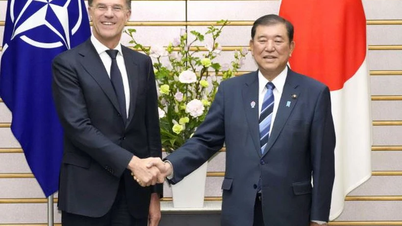

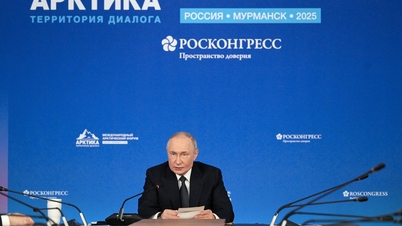

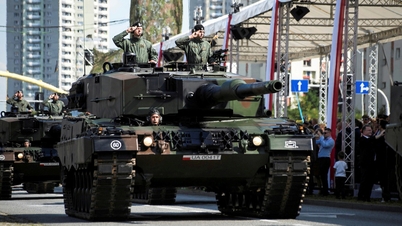
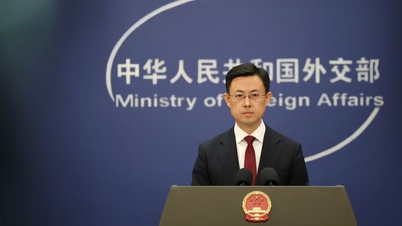

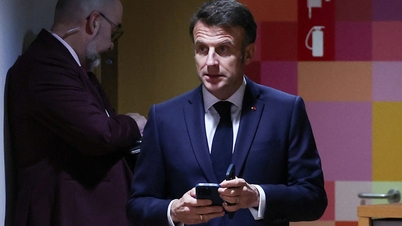
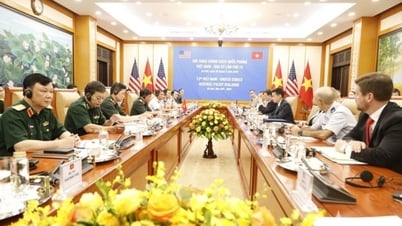


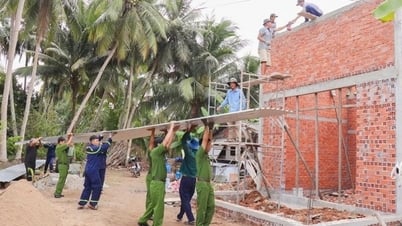








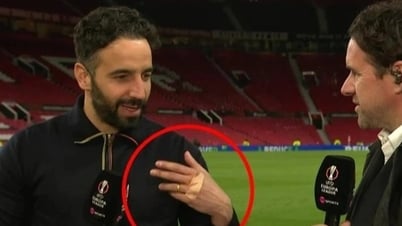
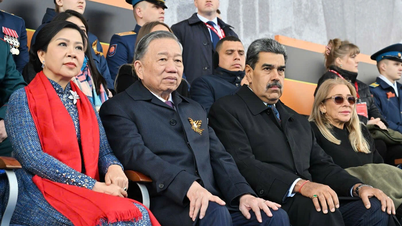
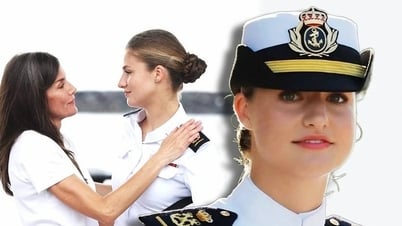

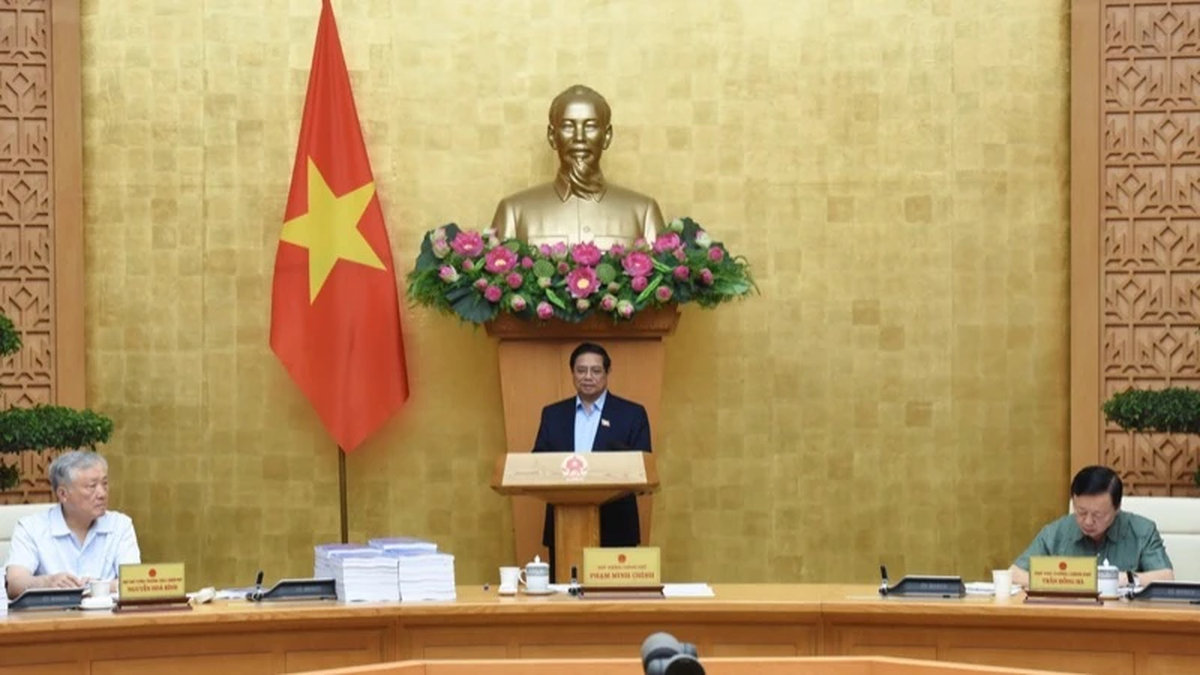













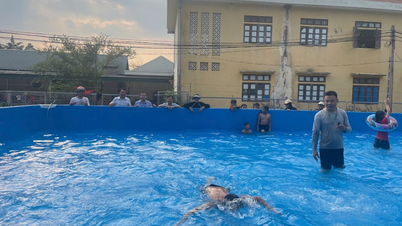











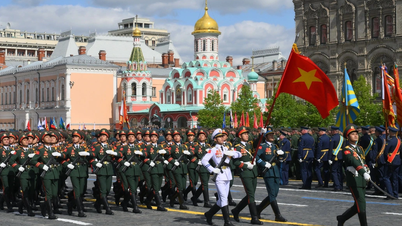

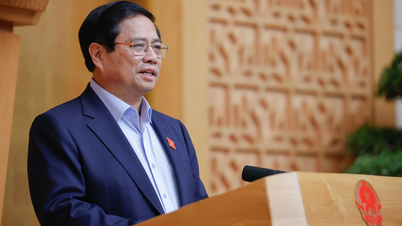
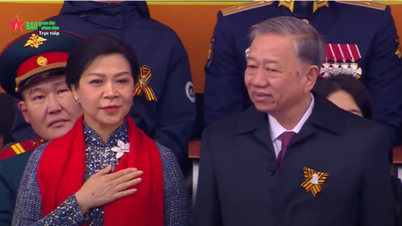










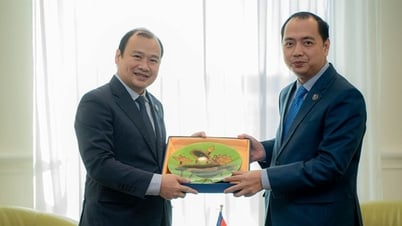

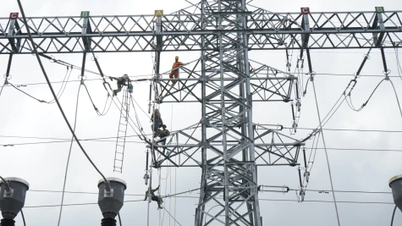

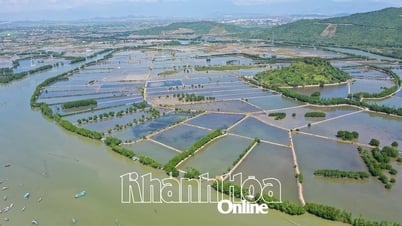



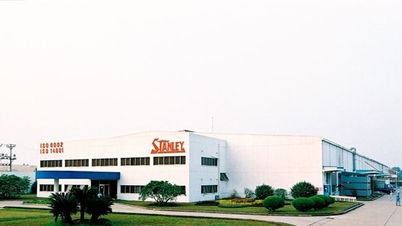
















Comment (0)